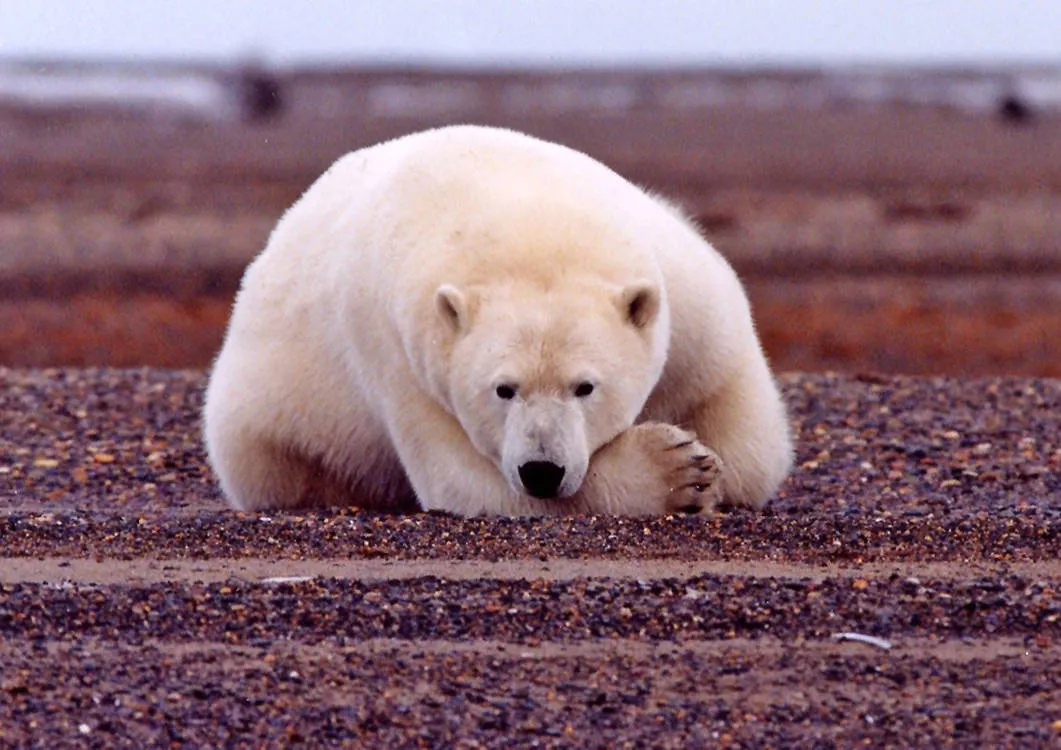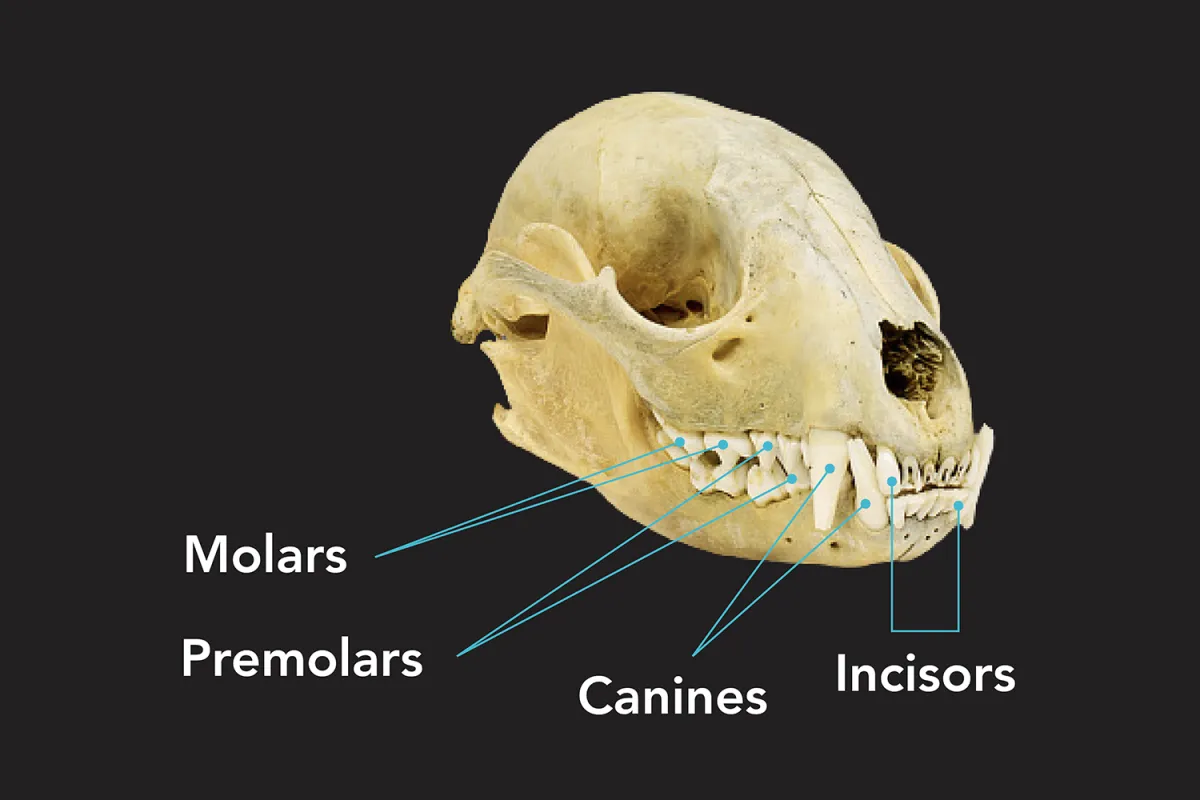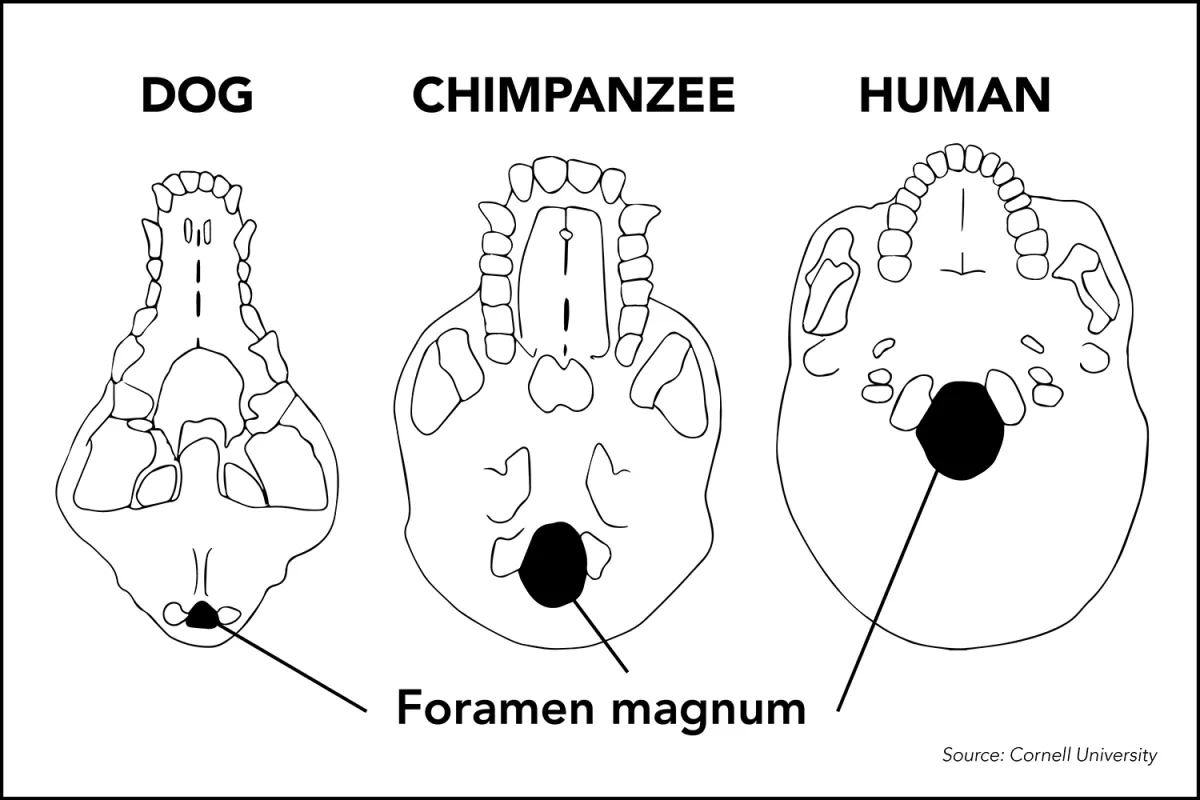
Search
How to Read a Mammal Skull
Every skull has a story to tell — like a mystery! How did this animal live when it was alive? And what is it? The features of a mammal skull provide clues to answer these questions and solve the mystery.
Introduction
By studying mammal skulls, scientists can determine a lot about the animals. This information helps them to see what kinds of animals lived in a particular place and how they lived. Compare the skulls below, see if you can find the differences between them, and how those attributes indicate certain behaviors.
Skull Basics

The skull is made of bone and sits at the top of the spinal cord (for bipeds, like humans) or in front of the spinal cord (for quadrupeds, like raccoons). It forms a protective cavity for the brain and is made of two parts: the cranium and mandible. The skull also houses important sensory structures such as the eyes, ears, nose, and mouth.
Function of the Skull
The skull protects the brain. It also determines and fixes the location of the eye orbits, which impacts an animal's ability to have stereoscopic vision. Similarly it fixes the location of the ears, which determines an animal's ability to locate the direction of sounds. In some animals, such as horned ungulates, the skull also provides a mount for horns that are used for defense.
Eyes

Is the animal nocturnal? Is the animal predator or prey?
Nocturnal animals that are active at night, such as coyotes, bats, and some monkeys, tend to have large eye orbits in relation to the rest of their skull. The enlarged area corresponds with larger eyes with pupils that can open very wide, allowing more light to enter. In contrast, animals that are most active during the day (diurnal) have smaller eye orbits. This applies to humans, most other primates, and large mammals such as hippos, elephants, and giraffes, among others. Some animals, such as deer, skunks, and possums, are most active at dawn and dusk (crepuscular), and tend to have intermediate-sized eye orbits. Cats (family Felidae) may be diurnal, nocturnal, or crepuscular, depending on the activity cycles of the prey they rely on.
Predators tend to have eye orbits that face forward, which gives them better binocular vision. Binocular vision aids in depth perception, which helps predators determine how far they need to pounce or jump in order to catch their prey. Prey tend to have their eye orbits situated farther on the side of their heads. This gives them better peripheral vision, so they can detect a predator sneaking up on them.
Nasal Cavity

How good is the animal’s sense of smell?
Animals with a keen sense of smell tend to have larger and longer nasal passages compared to the rest of their skulls. Additionally, those with better smell have a more complex nasal cavity. Inside the nasal passage are web-like bony structures, called nasal turbinates, which are covered in an odor sensing membrane. Animals with more complex turbinates have more of this odor-sensing membrane and therefore have a better sense of smell. Animals, such as humans, that do not rely as much on smell tend to have smaller, shorter nasal passages, reflected in shorter snouts.
Teeth

Does the animal eat meat, plants, or both?
Meat eaters, or carnivores, have long, sharp-tipped canine teeth for catching and tearing into prey. Their incisors, used mostly for grooming, are relatively small. Their molars are serrated and narrow for shredding meat into smaller pieces before swallowing.
Plant/vegetation eaters, or herbivores, tend to have broad, tall, flat molars that help them grind tough plant tissue. Many have well-developed incisors that serve as chisels to break through wood or hard seeds. In rodents, these teeth continually grow to keep sharp. There is often a gap between the front and back teeth, called a diastema, which provides space for the plant tissue to be repositioned as they chew.
Omnivores tend to have canine teeth that are chisel-shaped with a narrow tip, useful for capturing and biting food. Their molars typically have high crowns and sharp edges for shearing meat, and wide surfaces for crushing bone and plant material. Many omnivores also have well-developed incisors to break through wood or hard seeds.
Foramen Magnum

Does the animal walk on two legs or four legs?
The foramen magnum (Latin for “big hole”) is the large opening in the back, or posterior, of the skull where the spinal cord extends from the brain. Animals that walk on four legs are called quadrupeds and have a foramen magnum that is in the back, or posterior, of the skull. This allows the spinal cord and column to extend directly back. Animals that walk on two legs are called bipeds and have a foramen magnum that is at the base of (or below) the skull. This allows the spinal cord and column to extend directly down.
Related Resources
Polar Bear
Scientific Name: Ursus maritimus
Initial View: The first image in this set is an inferior view (bottom of the skull).
Look For: In this set of images, look for large, sharp canine teeth; long nasal cavity filled with complex bony structures; and an opening at the back of the skull (foramen magnum), where the spinal cord was attached.
What do the features of this polar bear skull tell you about the animal's behavior?
Catalog Number: EO67790 (view complete catalog record)
Description: This object is part of the Education and Outreach collection, some of which are in the Q?rius science education center and available to see.
Discipline: Vertebrate Zoology
Taxonomy: Animalia, Chordata, Vertebrata, Tetrapoda, Mammalia, Eutheria, Carnivora, Caniformia, Ursidae